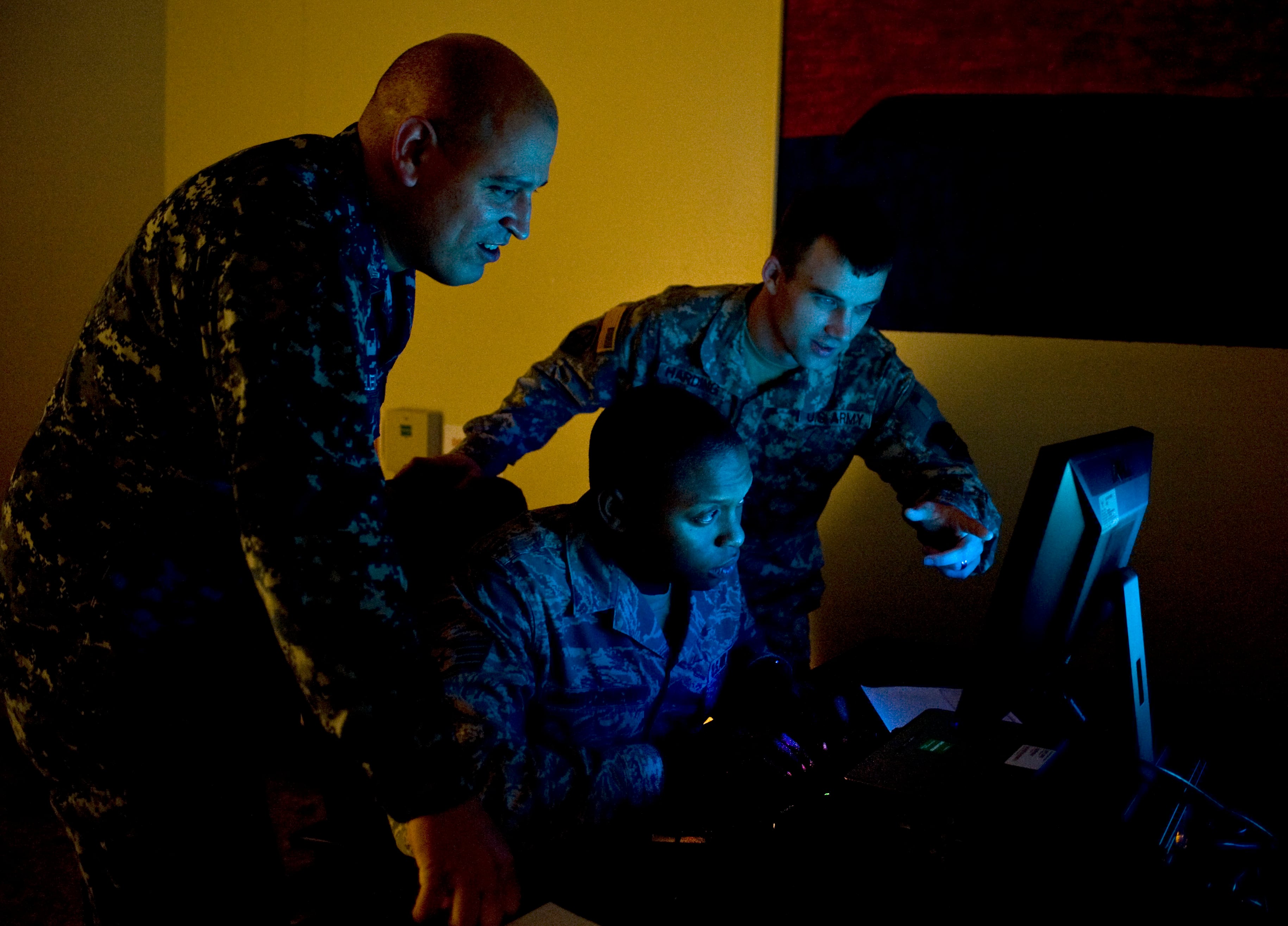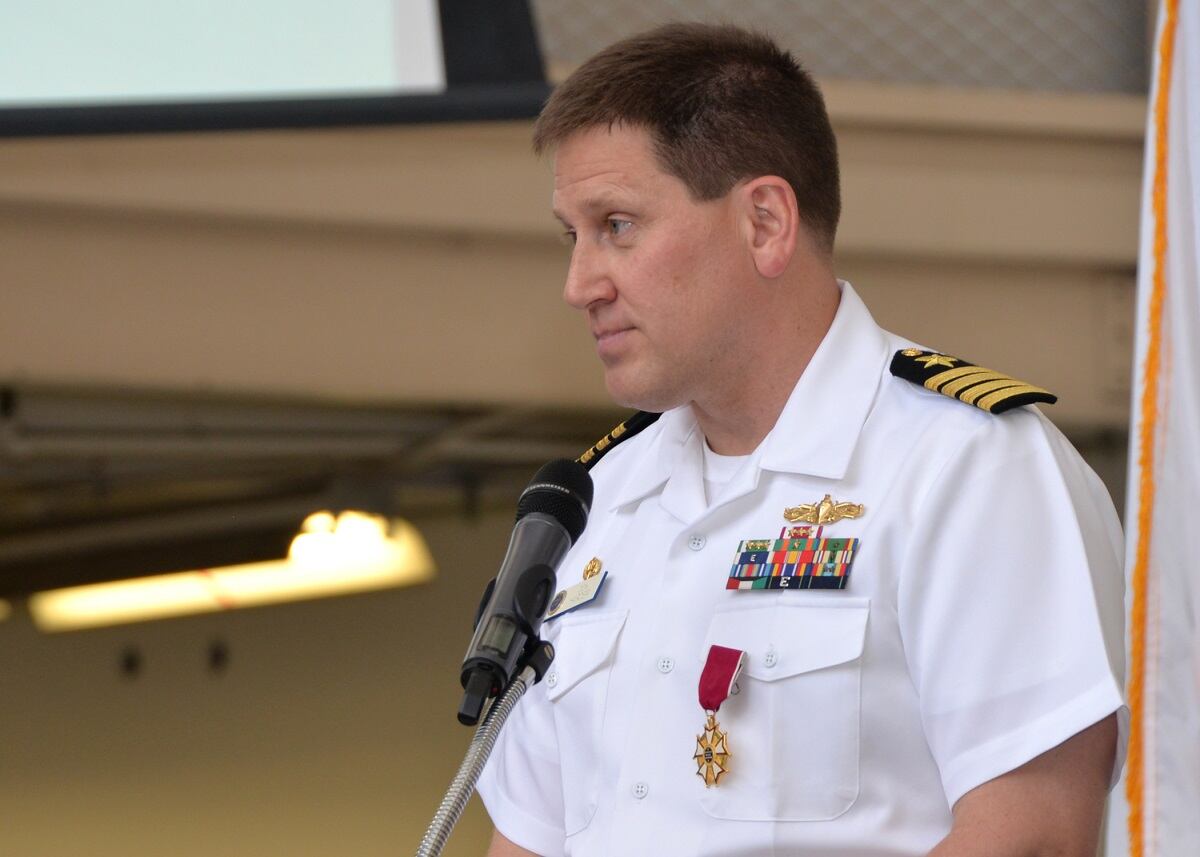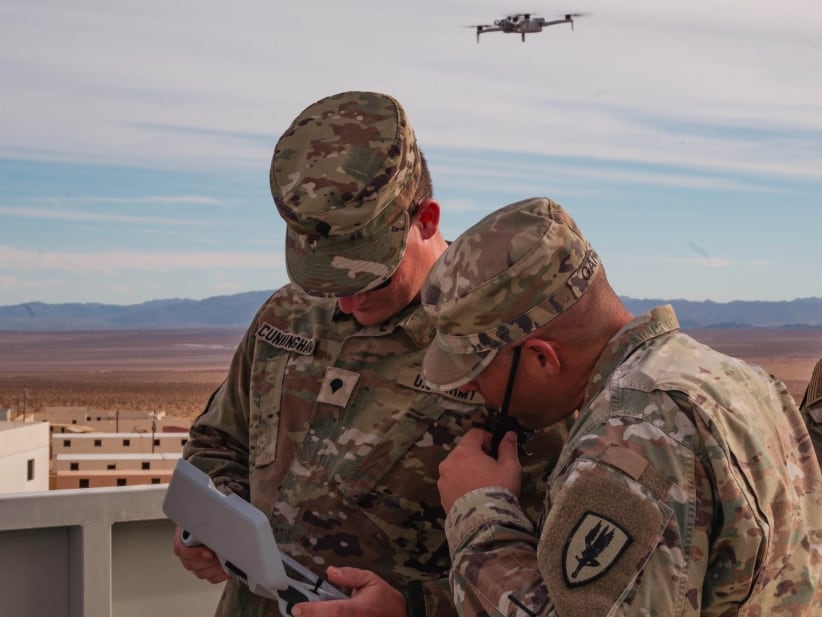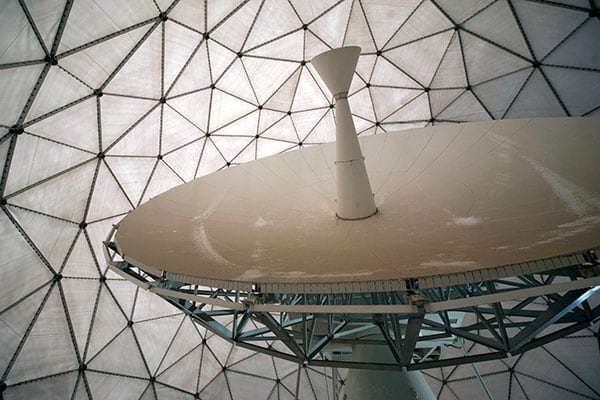Following the September part-one release of one of the most-anticipated IT programs in the military, the Navy issued part two of the request for proposals on the Next Generation Enterprise Network Re-Complete (NGEN-R) Service Management, Integration and Transport (SMIT) Oct. 18.
RELATED

NGEN-R, as it’s known, will provide IT and support services to the Navy Marine Corps Intranet, the Marine Corps Enterprise Network and the Outside of the Continental United States Navy Enterprise Network.
SMIT is one of two NGEN-R contracts, which will provide network services to include print services, service integration, software core build services, service desk and computer network defense.
The Navy released the first portion of the contract, End User Hardware (EUHW) contract, in mid-September, which will provide end user hardware-as-a-service and hardware for purchase.
“Today’s successful release of the NGEN-R SMIT RFP is a major achievement in implementing the Navy’s IT acquisition strategy to segment network services for the Navy Marine Corps Intranet and the Marine Corps Enterprise Network into multiple contracts,” said Capt. Ben McNeal, Naval Enterprise Networks program manager. “Separating IT services into multiple contract segments makes management, financial and competitive sense for the Navy.”
As C4ISRNET sister publication Federal Times previously reported, splitting the contract in two was intentional and aimed to provide the Navy with greater flexibility as technology and solutions evolve.
“In the current contract, it was directed, ‘Here are the things we want you to achieve.’ In the new contract that we’ve written for SMIT, it is very much a, ‘Here are the eight or ten big-ticket objective outcomes that we’re looking for from the network,’" Capt. Don Harder, deputy program executive officer for Navy Enterprise Information Systems, told Federal Times. "We recognize that the network infrastructure today will not allow for those capabilities to be met without any kind of drastic decrease in efficiency or effectiveness of the network.”
The Navy is seeking to incorporate the best-in-breed solutions industry has to offer, Harder said, noting that the big drivers are achieving faster solutions and utilizing technically acceptable solutions to modern network problems.
RELATED

“This will be a continuous process that allows the government to come in and ask the vendor questions. ‘There’s a new capability government wants to implement. We’re in a budget-constrained environment. So, what are the options available to us?’ Let’s sit down and have that conversation,” he said.
Harder also noted that the SMIT portion of NGEN-R will incorporate flexible options for hybrid cloud solutions that eventually could be peeled away from NGEN-R to a separate contract vehicle.
“The inclusion of hybrid cloud solutions to ensure that we’re achieving the objectives that we want to achieve, that is definitely a part of the contract. In fact, that’s one of the things that we’re asking definitely be incorporated in their planning process,” Harder said. “We don’t know what’s going to happen three years from now. ... We’re building in that flexibility that allows the government the ability in the future to find components of services that can be done in a more effective or efficient way for the government, and either sever them or modify them separately, as opposed to having to break apart the entire contract to do something.”
Proposals for EUHW are due Nov. 19, 2018, while proposals for SMIT are due Jan. 10, 2019.
Amber Corrin contributed to this report.
Mark Pomerleau is a reporter for C4ISRNET, covering information warfare and cyberspace.








